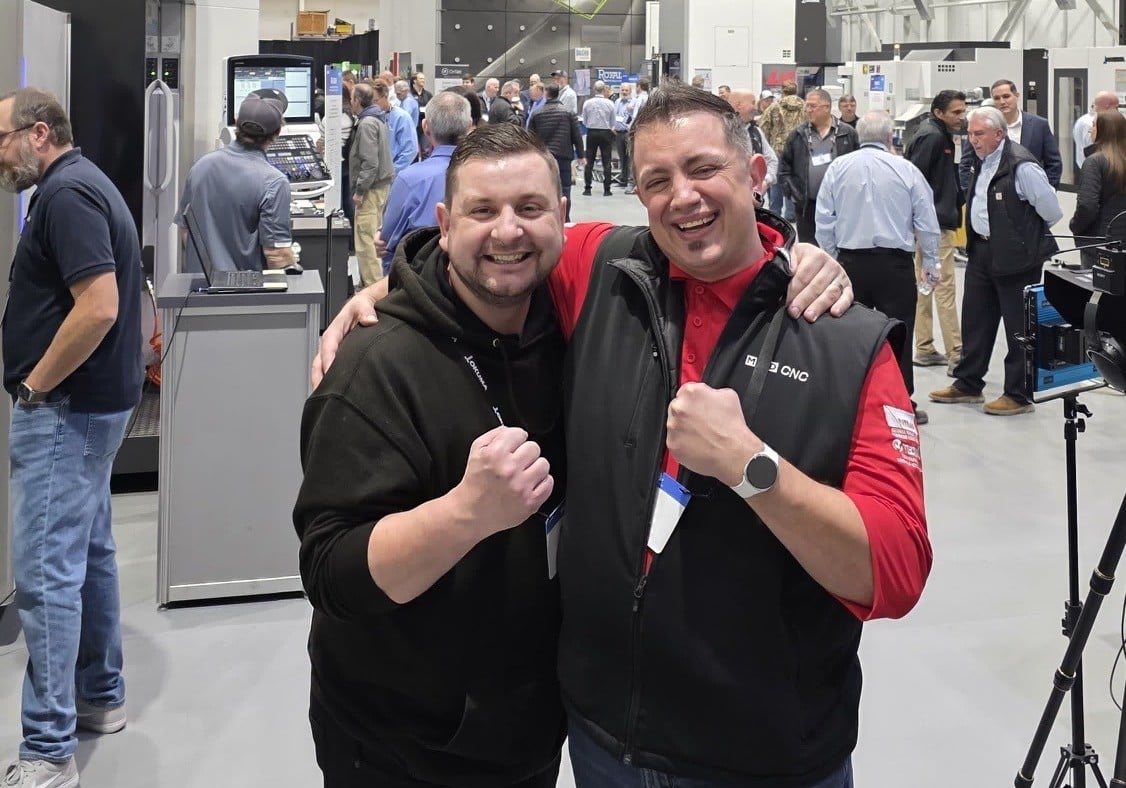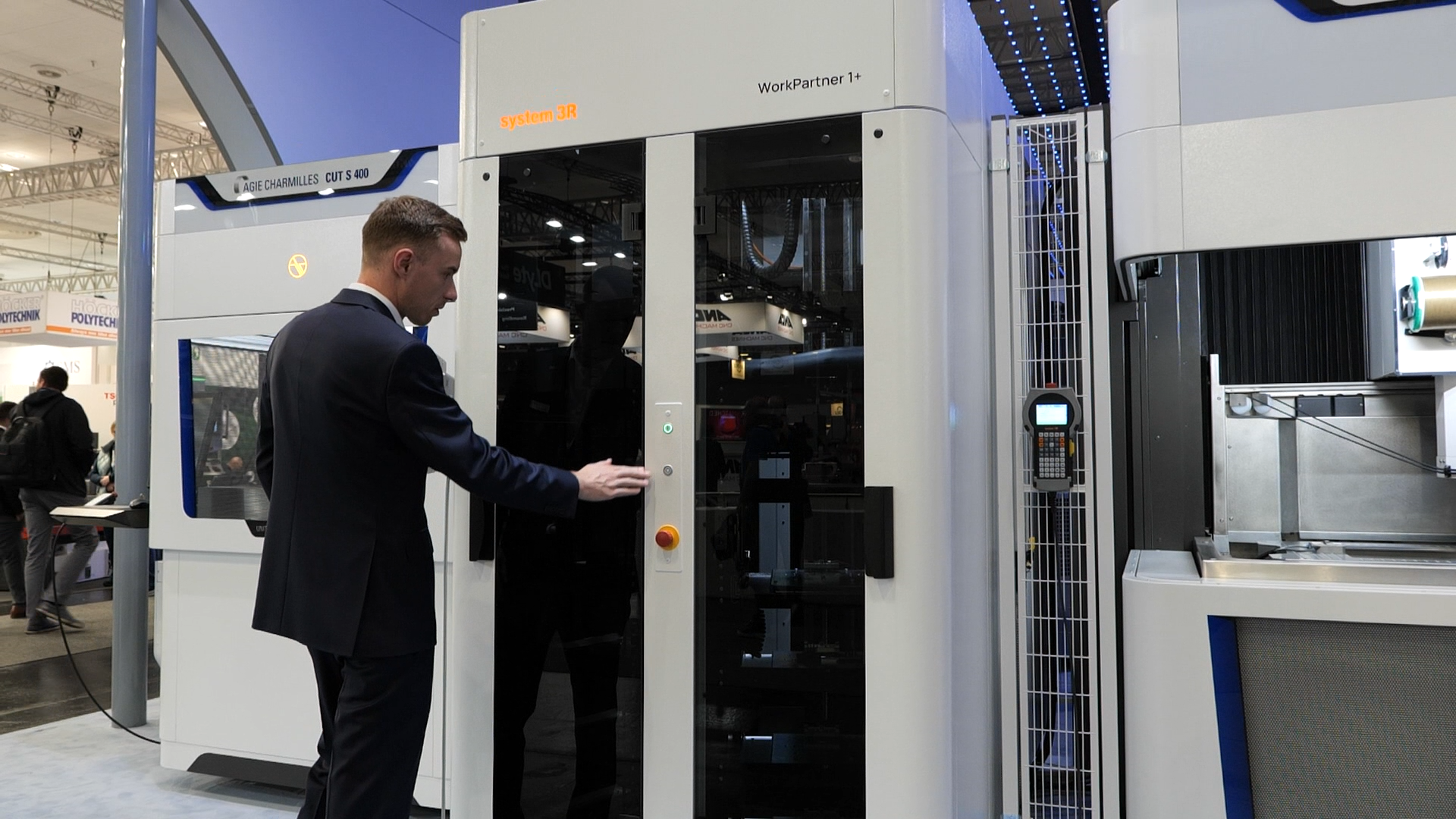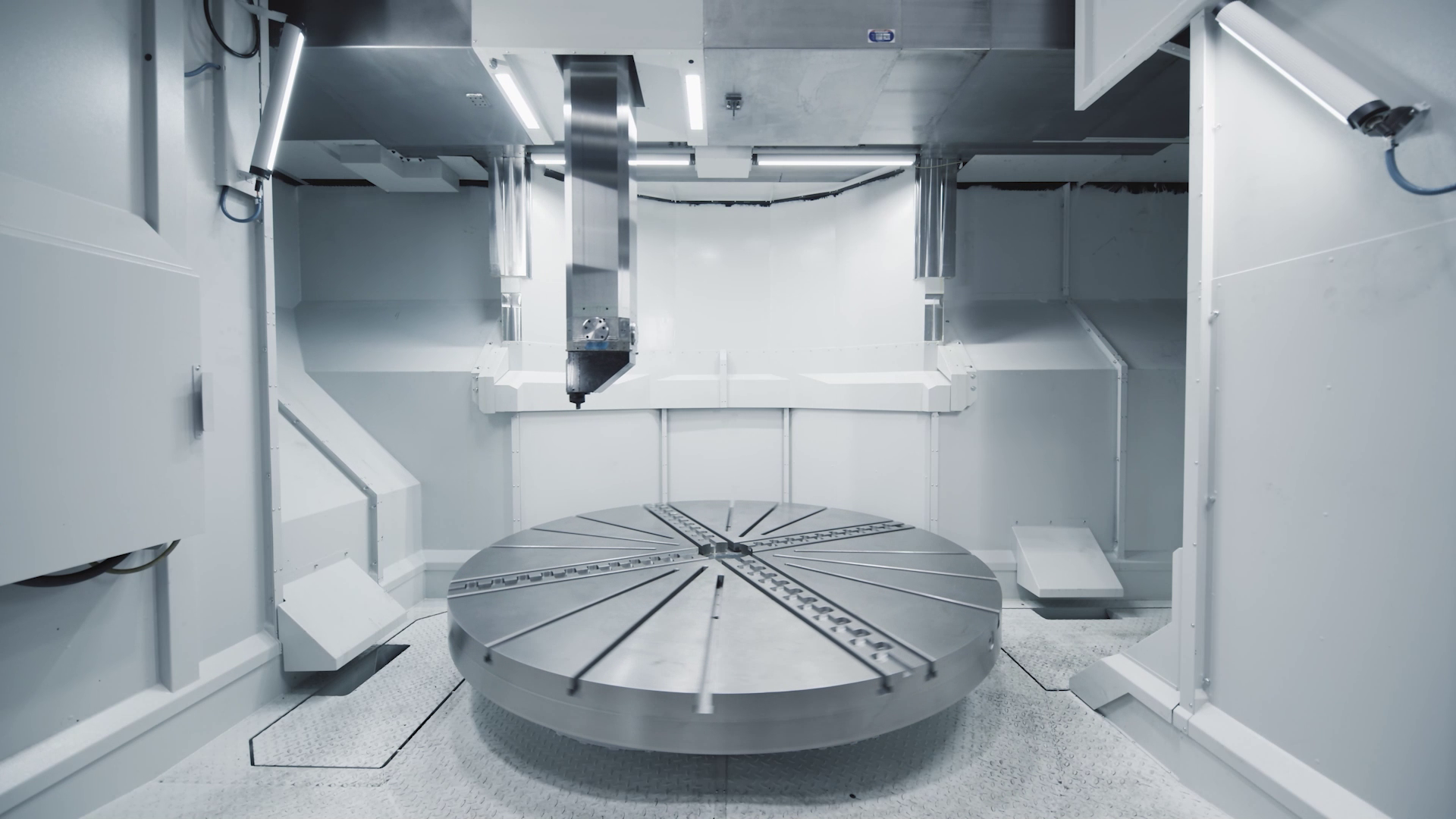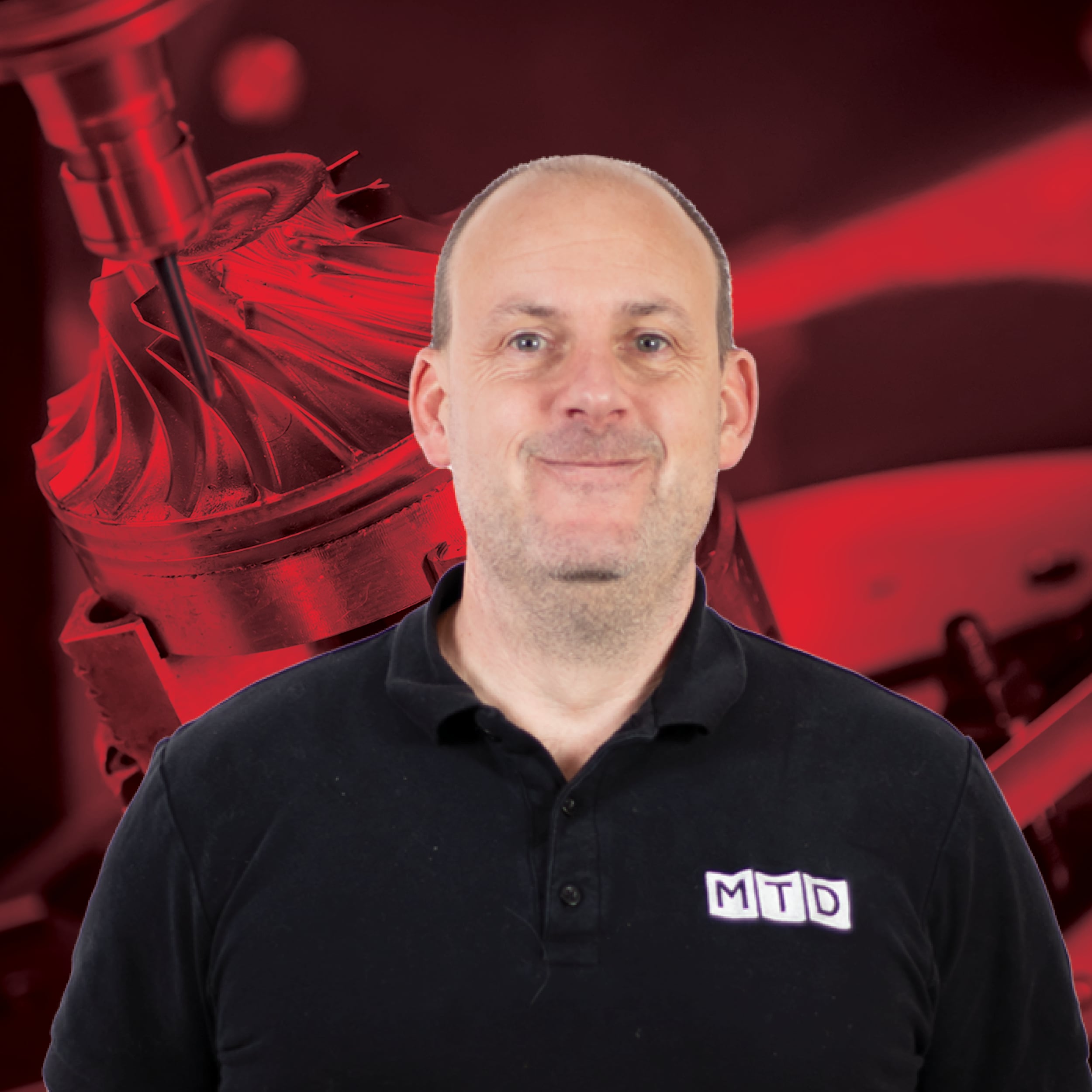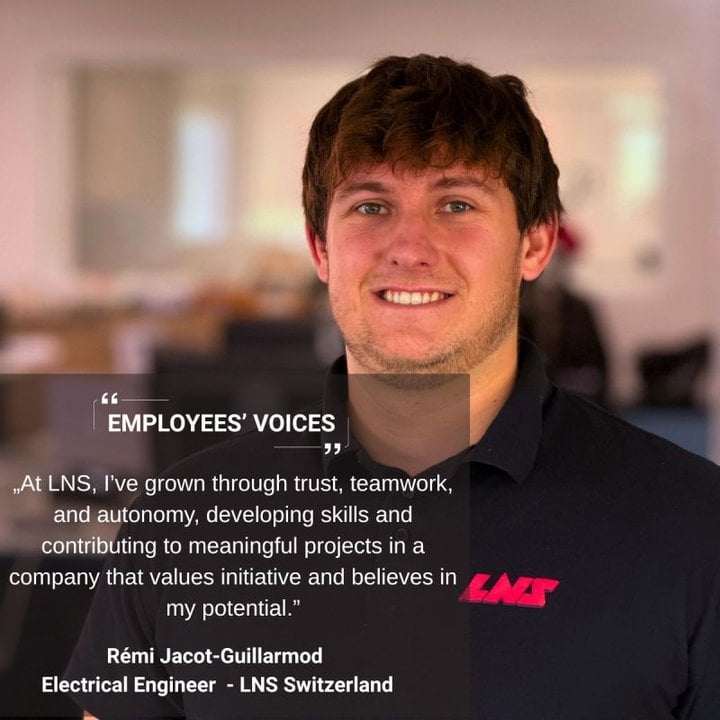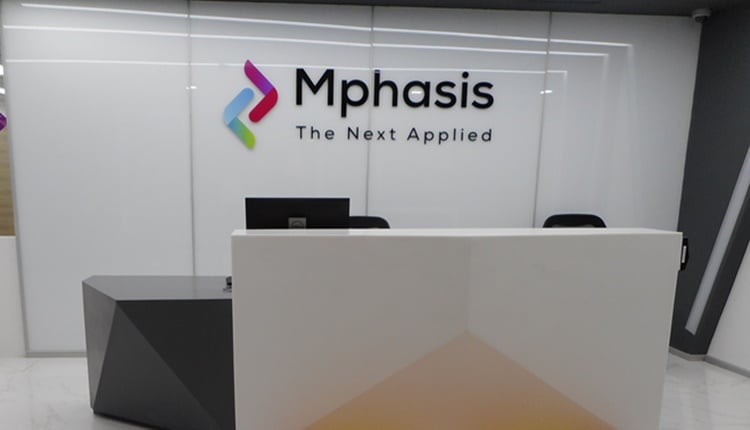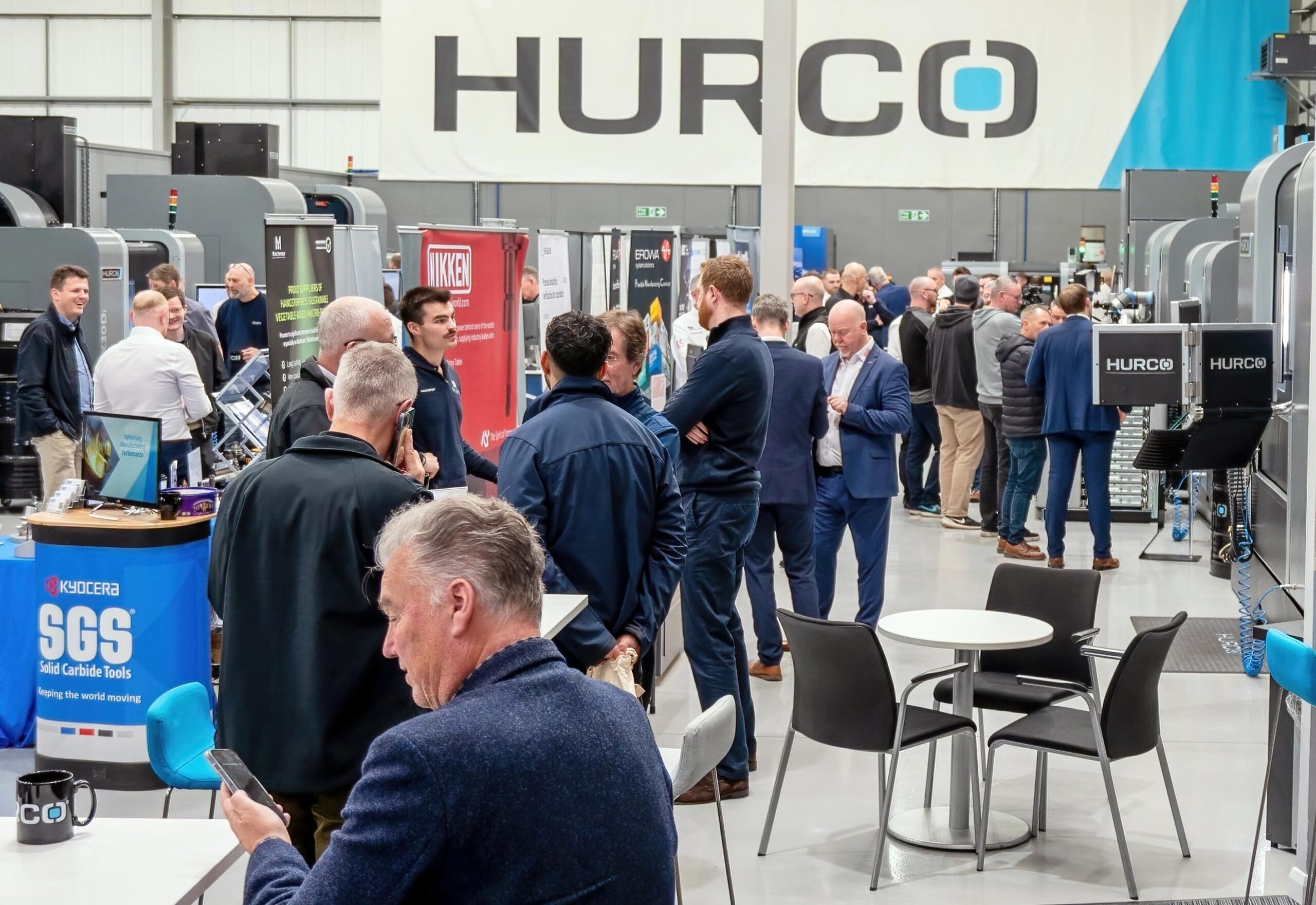

While commercial air travel faces delays this summer, the aerospace industry is preparing for a super growth cycle as demand for travel increases and underutilised aircraft need an overhaul. As part of the drive for continuous improvement across the business, GE Aviation Wales hosted its’ first Shingijutsu Kaizen Week to help prepare for the ramp-up. By Will Stirling
GE Aviation Wales (based at Nantgarw, South Wales) understands ‘lean’. Engineers and support staff here work on a huge series of aircraft engine maintenance, repair and overhaul (MRO) where they must skilfully combine a focus on safety and quality while driving to meet – and wherever they can exceed – customer expectations and requirements. As the world emerges from Covid-19, the output rate is increasing fast, as in-service aircraft are getting much busier.
From 6 – 10 June, as part of GE’s Kaizen Week, an annual week-long series of Kaizen events across all businesses, GE Aviation Wales hosted its first Shingijutsu Kaizen Week, a series of team-based projects to sharpen the skills and minds of its staff to find new improvements in work practices and learn from others. Most attendees were local to the Wales site, but about 20% came from GE Aviation’s sites globally, GE Healthcare, GE Renewables and the team included Larry Culp (Chairman & CEO, GE), a long-term lean devotee. The Wales team was also supported by Yukio Katahira, a Master Lean Sensei with over five decades of experience and knowledge. No pressure, then.
Lean business improvement principles, often known simply as ‘lean’, were originally derived from the Toyota Production System in the 1950s and 1960s. The system helps companies assess their processes systematically to increase product flow, reduce bottlenecks, eliminate waste and add value for the customer. Lean deploys the culture of ‘kaizen’, (‘kai’ meaning change and ‘zen’ meaning to make better) the Japanese word for continuous improvement, where a process that was improved yesterday can still yield more improvement today, and tomorrow. Lean gives GE Aviation, and all GE businesses, a methodology to break down, measure and improve; setting the new standard and then going again – continuously improving.
GE Aviation Wales is a global MRO facility that services the GE90 and GE90-115B, and the CFM56 (types -5 and -7) commercial aircraft engines. It occupies over 1.2 million square feet of workshop space and has two ultra-modern engine test facilities and a headcount of around 1,100 people. Larry Culp was a lean practitioner for more than a decade during his tenure at the US engineering group Danaher. GE practised lean already, but when Culp joined, he decided that lean will run the company – factories, offices, finance, and group companies. So, it was a coup for Wales to be selected to host its first Shingijutsu Kaizen Week, with Larry and several members of his staff in support.
Measure, improve, measure again
Existing work teams – across a wide range of MRO functions – were joined by participants from outside the Wales site, and building on their pre-work they got a ‘rocket start’ on Monday morning. Lean projects should be addictive to engineers who love solving problems: true Kaizen demands that you find a way to improve something, make the improvement, measure it – and then do it all again. The principle is that nothing is perfect, there is no ‘sixth sigma’ on the bell curve, and we can always reach a little higher to attain perfection. For some shop floors, you might wonder how a certain process can be better when it has been perfected over four or five decades of production. This is where the change in mindset comes in, and everyone has to lead with lean. With support from senior executive ‘fresh eyes’ (new to Wales, new to the aviation business) and the collective brain power of their team – with a healthy amount of sticky notes, pens and giant paper pads – Team Leaders worked to truly understand their value streams and mapped their processes.
And Katahira-san was on hand to challenge, prod, guide and push anything that looked like a soft target. By the end of Day 3, nearly all the teams had acquired the nickname ‘Stretch’, after having their targets stretched by the Sensei.
Safety comes first, centred on hazard removal and reduction. One team removed more than 10 safety hazards in the areas they worked on, and all teams reduced some hazards.

Some wins were quick and made a surprising difference. Unnecessary movement is a productivity-killer in factories and is difficult to control – people like to wander. “It was the case that after looking at our processes before Kaizen, we had – through no fault of their own, highly skilled and highly qualified aircraft engineers walking from point A to C via B to get a tool or part that was in the wrong place and what we needed to do was look at things in a new way,” says Managing Director, Nick Blakeney. “Simply by looking at it closely, understanding the movement flows our teams could identify this and remove hours of lost time.” Other improvements took longer and required deeper analysis. By the time results were shared on Thursday and Friday, the savings were profound.
For example, the Bulk and Detail Strip Teams (who are responsible for breaking down the entire engine into piece parts) took out more than 40% of the hours per engine while improving the safety rating of each area. The Dispatch team, who work closely with the maintenance teams to get parts that need repairs off-site into the shipping cycle, reduced their process time by 70% in the week and fundamentally changed the layout of their entire work area. The team responsible for Direct Issue Material eliminated 60% of the primary issue or barriers affecting standard work adherence in the Final Assembly team.
All the teams recorded demonstrable improvements over the week and, noticeably, often in high double digits. This proves that even a factory or business unit that believes it is operating efficiently when challenged, can find big improvements. Blogging on the event, VP of investor relations at GE, Steve Winoker, writes:
“I have been to several Kaizens, but this one was especially gratifying to see the changes that took place during the week. Changes that resulted in safer practices, higher first-time quality, faster turn-around time, and ultimately lower working capital and cost. And yes, I mean that took place in the period from the pre-work, through Monday, to proving out savings on Thursday and Friday.”
He added: “The dollars associated with these improvements will show up in lower costs, reduced lead time, faster turns, and more revenue and profit over time.”
But Nick, with the support from his senior leadership up to and including John Slattery (President & CEO, GE Aviation) is clear that the hard work starts now; it’s all about sustainment. Capturing a saving in time is great, but the real benefits come if you can sustain the action, make it a part of the employees’ culture and, literally, improve continuously.
“Our Kaizen Week was a huge milestone on our lean journey as a business. Learning lean, reading the books and doing the training all help, but nothing beats experiential learning. With the senior support we’ve had over the last month and the experiences our team have built up, everything feels turbo-charged now and we are heading into our 30, 60 and 90-day report-outs with confidence – but clearly, there is work to do. We know for our employees and for our customers around the world, that improvements over one week are not enough, we need to sustain, set the new standard and over time; go again,” says Nick Blakeney, Managing Director.
In sum, the Wales Shingijutsu Kaizen Week was a great success and has set the bar for GE’s manufacturing and maintenance sites that host the next one. Good luck in beating some of these numbers.



